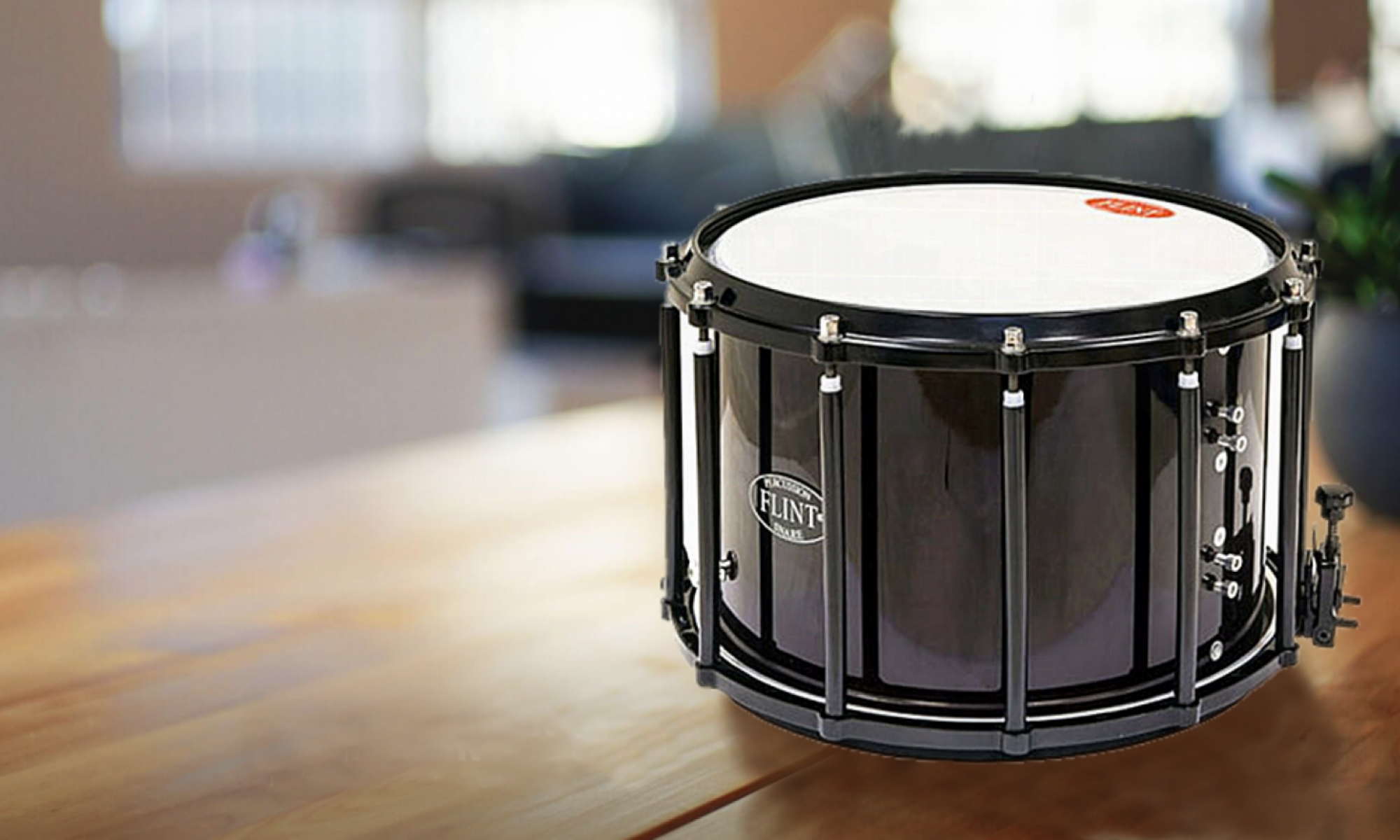Said to be the first ever musical instrument since the days when a caveman beat a hollow tree-trunk with a stick, the drum has a remarkable place in history. Nowadays, there are many different types of drum in terms of size, shape, sound and purpose.
For centuries, drums have seen use on the battlefield and it is one of these types of war drum, ie. the side drum, that the following chronological log relates to. In particular this concentrates on the application of such drums when played in unison with other instruments, especially the bagpipe, ie, military, Scottish and Irish marching bands and other forms of traditional Gaelic and Celtic music.
Wooden or brass shelled rope tension drums were used historically to beat out orders of battle, punishment and even execution. It is from this military arena that the first drums were ever played in unison with the bagpipe. It is reported that it was at the battle of Waterloo, upon hearing the bagpipes of an approaching highland regiment, drummers of the Cheshire Regiment started to tap out the beat of the march. If this report is to be believed, it was at this juncture that the modern pipe band has its foundation.
The account which follows in the rest of this section has been provided by Drum Major Allan Chatto of Australia and is reproduced here with his kind permission.
